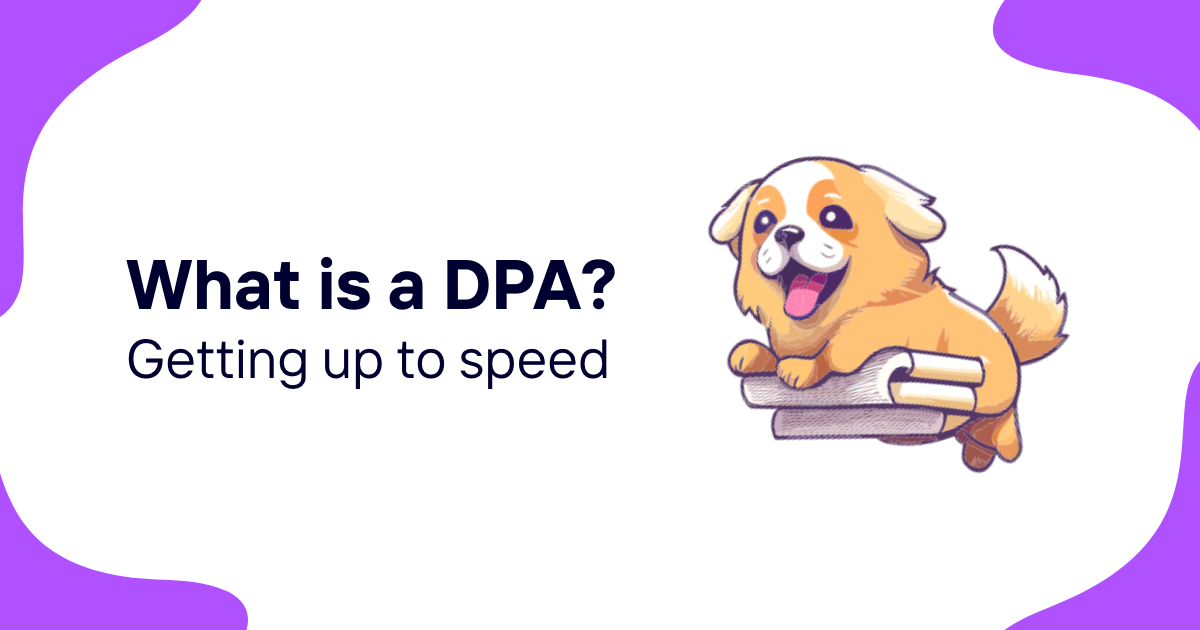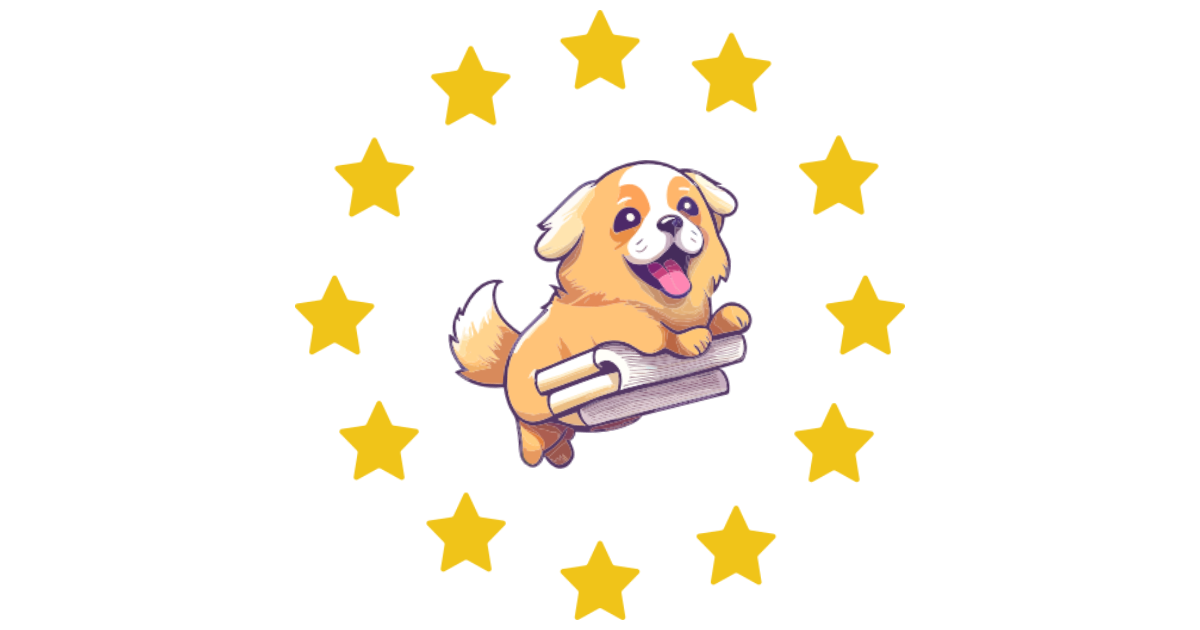Navigating the digital world's privacy laws can be a maze, but understanding the GDPR banner is your first step towards compliance. If you're running a website that interacts with European users, it's crucial to get acquainted with this key component of the General Data Protection Regulation (GDPR).
The GDPR banner isn't just a formality; it's a gateway to building trust with your audience. By clearly communicating how you collect, use, and protect user data, you're not only adhering to strict regulations but also enhancing user experience. Let's dive into what makes a GDPR banner effective and why it matters for your online presence.
Importance of GDPR Banner
When you visit a website, one of the first things you're likely to encounter is a GDPR banner. This is no mere coincidence or bureaucratic checkbox; it's a critical element of online interaction in today's privacy-conscious world. The importance of a GDPR banner extends far beyond its immediate function of notifying visitors about cookies and data collection policies. It's your first step towards fostering a transparent relationship with your users.
By incorporating a GDPR banner on your site, you're not just complying with regulations; you're making a statement about the value you place on privacy and data security. In an era where data breaches are all too common, showing your commitment to data protection can set you apart from competitors. A well-crafted GDPR banner does more than just inform; it reassures visitors that their data is in safe hands.
Moreover, the strategic importance of GDPR banners isn't limited to trust-building. It plays a significant role in user experience (UX) design. A banner that is easy to understand and interact with can enhance the overall user experience by ensuring that consent is given freely and knowingly. This not only aligns with GDPR's principles but also encourages more engaged and satisfied website visitors.
To boil it down, the effectiveness of your GDPR banner influences both compliance and perception. It’s a potent tool for:
- Demonstrating your commitment to privacy and data protection
- Enhancing user experience through clear communication
- Building and sustaining trust with your audience
Remember, the goal isn’t just to inform but to engage and reassure. Getting your GDPR banner right is a crucial step in achieving that balance.
Components of a GDPR Banner

When you're integrating a GDPR banner into your website, understanding its key components is crucial for ensuring compliance and enhancing user trust. A well-designed banner not only meets legal requirements but also aligns with your site's aesthetic, making the consent process as smooth as possible for users. Here are the essential elements you must include:
- Clear Information: Your GDPR banner must provide concise and clear information about the types of cookies and tracking technologies your website uses. It's not just about informing users; it's about making the data collection process transparent.
- Choice of Consent: Offering users a real choice is a cornerstone of GDPR compliance. Ensure your banner allows users to accept, reject, or customize their cookie preferences. This level of control is not merely a legal formality; it's a significant trust builder.
- Easy Access to Privacy Policy: Integration of a direct link to your privacy policy in the GDPR banner is non-negotiable. Users should have effortless access to more detailed information about how their data is handled and protected.
- Simplicity in Design and Language: Avoid legal jargon and opt for straightforward language that your audience can easily understand. The design should be intuitive, not overwhelming, encouraging users to make informed decisions without frustration.
- Record of Consent: Implementing a mechanism to record users’ consents is vital. This not only demonstrates compliance but also serves as evidence in case of any legal scrutiny. Your GDPR banner should integrate seamlessly with your site's backend to log these consents accurately.
By embedding these components into your GDPR banner, you're not just ticking off a regulatory checkbox. You're taking a significant step towards fostering a safer, more transparent online environment where user trust thrives. Remember, a GDPR banner isn’t just about compliance; it’s also an opportunity to highlight your website’s commitment to privacy and data protection.
Design Best Practices for GDPR Banners

When designing your GDPR banner, simplicity is key. Your goal is to communicate essential information without overwhelming your users. A clean and straightforward layout ensures users can quickly understand their choices regarding cookies and data collection. This isn't just about compliance; it's about fostering trust and transparency.
Color and Contrast play massive roles in the effectiveness of your GDPR banner. Use colors that contrast well with your site's design but don't clash or distract from the overall user experience. The text should be easily readable against the banner's background, ensuring users can clearly see their options.
The size and position of your banner are equally crucial. It should be noticeable without impeding the user's ability to interact with your site. Typically, bottom or top bars are preferred over pop-ups that can block content and frustrate users. Ensuring the banner's size is responsive for mobile devices is vital, as a significant portion of web traffic is mobile.
Key Elements to Include
Your GDPR banner must contain a few essential elements:
- Clear options for accepting, rejecting, or managing cookies
- A direct link to your privacy policy
- Brief information on how and why cookies are used on your site
Customizability is also critical. Giving users the option to customize their consent according to their preferences can significantly enhance trust. This level of control can turn a mandatory interaction into a positive user experience.
Lastly, remember that the GDPR banner is part of your website's first impression. It should reflect your brand's commitment to user privacy and data protection. By following these design best practices, you'll not only comply with the GDPR but also reinforce your website's credibility and respect for user privacy.
Ensuring Compliance with GDPR Regulations

To ensure your GDPR banner meets the necessary regulations, it's crucial to understand the specifics of what GDPR compliance entails. Data consent and transparency are the cornerstones of GDPR, mandating that websites must obtain explicit consent from users before collecting any personal data. This means your GDPR banner should not only inform users about cookie usage but also provide them with the power to accept or reject cookies.
Firstly, make sure your banner has clear options for users to manage their cookie preferences. This involves having distinct buttons such as "Accept," "Reject," or "Manage Cookies," making it incredibly straightforward for users to make their choices without ambiguity.
Secondly, the link to your Privacy Policy should be unmistakably visible within the banner. Your Privacy Policy needs to detail how you collect, use, and store user data, offering reassurance that their data is handled responsibly.
Here are some critical elements to remember for GDPR banner compliance:
- Explicit Consent: Users must actively click to consent to cookies; pre-ticked boxes are a no-go.
- Cookie Details: Clearly list the types of cookies used and their purposes.
- Easy Opt-Out: Ensure users can easily withdraw their consent at any time.
Moreover, while striving for compliance, it's vital not to neglect the design and user experience of your GDPR banner. Compliance doesn't have to come at the cost of aesthetics or usability. A well-designed banner that follows best practices in simplicity, color, contrast, and readability not only adheres to legal requirements but also enhances user trust and reflects positively on your brand's commitment to privacy.
Incorporating these guidelines will significantly help in making your website GDPR-compliant. Keeping abreast of any updates to GDPR regulations is also essential, as it ensures your compliance efforts remain effective and up-to-date.
Benefits of Implementing an Effective GDPR Banner

When you meticulously craft and implement an effective GDPR banner, the benefits extend far beyond mere legal compliance. It's a strategic move that can significantly enhance your website's user experience and bolster your brand's reputation.
Firstly, user trust is at the forefront of these benefits. In an era where data breaches are all too common, demonstrating a commitment to user privacy is invaluable. A clear, straightforward GDPR banner shows that you're serious about protecting user data. This transparency can deepen users' trust in your brand, encouraging longer stays on your site and potentially higher conversion rates.
Secondly, an effectively designed GDPR banner improves user experience (UX). It's not just about being legally compliant; it's about how you communicate that compliance to your users. A banner that's easy to understand and interact with minimizes frustration and ensures users can navigate your site without unnecessary interruptions. This balance between legal requirements and UX design is crucial for maintaining a positive relationship with your site visitors.
Moreover, staying ahead of regulatory changes is another significant advantage. GDPR regulations are subject to updates, and demonstrating proactive compliance can safeguard your business against potential fines and legal challenges. Keeping your GDPR banner and related privacy policies updated is a clear indicator of your commitment to privacy standards, making your website more attractive not just to users but also to potential business partners who value data protection.
Lastly, an effective GDPR banner can also contribute to SEO rankings. Search engines are increasingly considering user experience as a ranking factor. Websites that are transparent about data collection practices and offer a seamless user experience might see a positive impact on their search engine rankings. This indirect benefit underscores the importance of compliance not just from a legal standpoint but also from a marketing and SEO perspective.
Conclusion
Adopting a GDPR banner isn't just about meeting legal requirements; it's a strategic move that boosts your website's credibility and user satisfaction. By prioritizing transparency and user experience, you're not only safeguarding against potential legal pitfalls but also enhancing your site's appeal to both users and search engines. Remember, staying informed and proactive in your approach to data privacy isn't just good practice—it's essential for thriving in today's digital landscape. So, take the steps needed to ensure your GDPR banner reflects your commitment to privacy and see the positive impact it has on your online presence.












